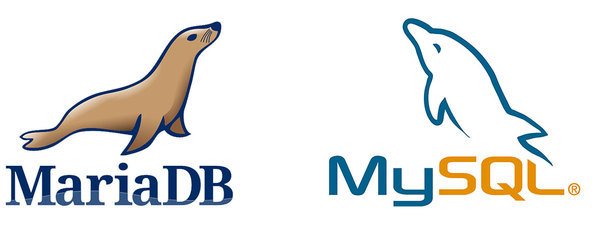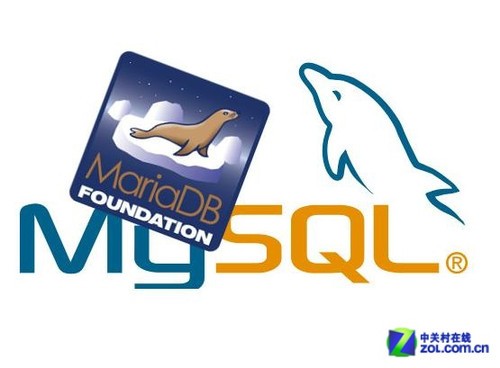Detailed introduction to simple queries
Subquery MySQL 4.1 introduced support for subqueries, so to use the SQL described in this chapter, you must use MySQL 4.1 or higher. The SELECT statement is a SQL query. All SELECT statements we have seen so far have been simple queries, i.e., single statements that retrieve data from a single database table. Query Any SQL statement is a query. However, this term generally refers to the SELECT statement. SQL also allows the creation of subqueries, which are queries nested within other queries. Why do we do this? The best way to understand this concept is to examine a few examples. Filtering using subqueries The database tables used in all chapters of this book are relational tables (see Appendix B for a description of each table and relationship). Orders are stored in two tables. The orders table stores one row for each order that contains the order number, customer ID, and order date. Items for each order are stored in the related orderitems table. The orders table does not store customer information. It only stores the customer's ID. The actual customer information is stored in the customers table. Now
1. What is a mysql subquery? How to filter using subqueries?

Introduction: Subquery MySQL 4.1 introduced support for subqueries, so if you want to use the description in this chapter For SQL, you must use MySQL 4.1 or higher. The SELECT statement is a SQL query. All SELECT statements we have seen so far have been simple queries, i.e., single statements that retrieve data from a single database table. Query Any SQL statement is a query. However, this term generally refers to the SELECT statement.
2. Mysql implements two methods of adding serial numbers to simple query results

##Introduction: The example in this article describes the simple method of adding serial numbers to query results in MySQL. Share it with everyone for your reference, as follows: The first method: select (@i:=@i+1) as i,table_name.* from table_name,(select @i:=0) as it The second method: set @rownum=0;select @rownum:=@rownum+1 as rownum, t.username from auth_user t limit 1
3. Oracle basic learning simple query and Limited query

4.
swoole uses tasks to make database connection pools, performance
Introduction: I use swoole's tasks I have implemented the connection pool function and made a simple query database function. After using ab stress test, I found that compared with the native connection database, the performance is much worse. I feel that information must be sent to the task process every time, which consumes performance. Yes, I wonder if the stress test results are not ideal...5.
php connects to the database to implement simple queries

6.
php+mysql object-oriented simple query table information
Introduction: php+mysql object-oriented simple query table Query table information7.
Find an expert to complete the code. A query function. Thank you. It’s only 55 points, all scored Introduction: Find a master to complete the code. A query function. Thank you. It’s only 55 points, and I want to make a simple query function. The following table can be obtained through query. I need an expert to help me fill in the PHP code. Some of the codes in Curry are as follows: gb2312

Hot AI Tools

Undresser.AI Undress
AI-powered app for creating realistic nude photos

AI Clothes Remover
Online AI tool for removing clothes from photos.

Undress AI Tool
Undress images for free

Clothoff.io
AI clothes remover

AI Hentai Generator
Generate AI Hentai for free.

Hot Article

Hot Tools

Notepad++7.3.1
Easy-to-use and free code editor

SublimeText3 Chinese version
Chinese version, very easy to use

Zend Studio 13.0.1
Powerful PHP integrated development environment

Dreamweaver CS6
Visual web development tools

SublimeText3 Mac version
God-level code editing software (SublimeText3)

Hot Topics
 1381
1381
 52
52
 Explain InnoDB Full-Text Search capabilities.
Apr 02, 2025 pm 06:09 PM
Explain InnoDB Full-Text Search capabilities.
Apr 02, 2025 pm 06:09 PM
InnoDB's full-text search capabilities are very powerful, which can significantly improve database query efficiency and ability to process large amounts of text data. 1) InnoDB implements full-text search through inverted indexing, supporting basic and advanced search queries. 2) Use MATCH and AGAINST keywords to search, support Boolean mode and phrase search. 3) Optimization methods include using word segmentation technology, periodic rebuilding of indexes and adjusting cache size to improve performance and accuracy.
 How do you alter a table in MySQL using the ALTER TABLE statement?
Mar 19, 2025 pm 03:51 PM
How do you alter a table in MySQL using the ALTER TABLE statement?
Mar 19, 2025 pm 03:51 PM
The article discusses using MySQL's ALTER TABLE statement to modify tables, including adding/dropping columns, renaming tables/columns, and changing column data types.
 When might a full table scan be faster than using an index in MySQL?
Apr 09, 2025 am 12:05 AM
When might a full table scan be faster than using an index in MySQL?
Apr 09, 2025 am 12:05 AM
Full table scanning may be faster in MySQL than using indexes. Specific cases include: 1) the data volume is small; 2) when the query returns a large amount of data; 3) when the index column is not highly selective; 4) when the complex query. By analyzing query plans, optimizing indexes, avoiding over-index and regularly maintaining tables, you can make the best choices in practical applications.
 Can I install mysql on Windows 7
Apr 08, 2025 pm 03:21 PM
Can I install mysql on Windows 7
Apr 08, 2025 pm 03:21 PM
Yes, MySQL can be installed on Windows 7, and although Microsoft has stopped supporting Windows 7, MySQL is still compatible with it. However, the following points should be noted during the installation process: Download the MySQL installer for Windows. Select the appropriate version of MySQL (community or enterprise). Select the appropriate installation directory and character set during the installation process. Set the root user password and keep it properly. Connect to the database for testing. Note the compatibility and security issues on Windows 7, and it is recommended to upgrade to a supported operating system.
 How do I configure SSL/TLS encryption for MySQL connections?
Mar 18, 2025 pm 12:01 PM
How do I configure SSL/TLS encryption for MySQL connections?
Mar 18, 2025 pm 12:01 PM
Article discusses configuring SSL/TLS encryption for MySQL, including certificate generation and verification. Main issue is using self-signed certificates' security implications.[Character count: 159]
 What are some popular MySQL GUI tools (e.g., MySQL Workbench, phpMyAdmin)?
Mar 21, 2025 pm 06:28 PM
What are some popular MySQL GUI tools (e.g., MySQL Workbench, phpMyAdmin)?
Mar 21, 2025 pm 06:28 PM
Article discusses popular MySQL GUI tools like MySQL Workbench and phpMyAdmin, comparing their features and suitability for beginners and advanced users.[159 characters]
 Difference between clustered index and non-clustered index (secondary index) in InnoDB.
Apr 02, 2025 pm 06:25 PM
Difference between clustered index and non-clustered index (secondary index) in InnoDB.
Apr 02, 2025 pm 06:25 PM
The difference between clustered index and non-clustered index is: 1. Clustered index stores data rows in the index structure, which is suitable for querying by primary key and range. 2. The non-clustered index stores index key values and pointers to data rows, and is suitable for non-primary key column queries.
 How do you handle large datasets in MySQL?
Mar 21, 2025 pm 12:15 PM
How do you handle large datasets in MySQL?
Mar 21, 2025 pm 12:15 PM
Article discusses strategies for handling large datasets in MySQL, including partitioning, sharding, indexing, and query optimization.




